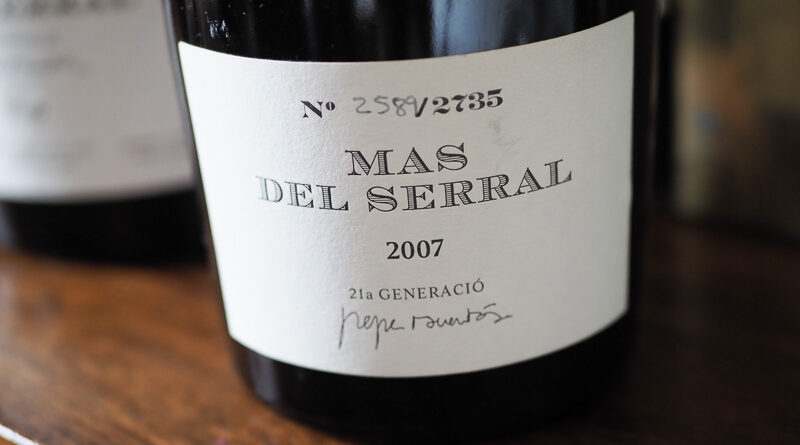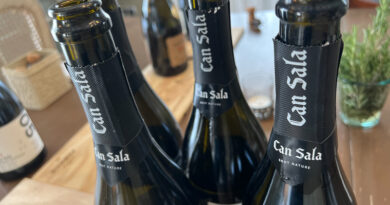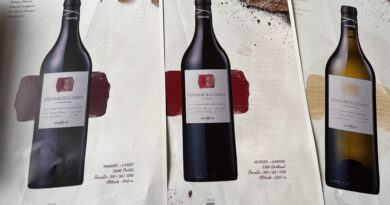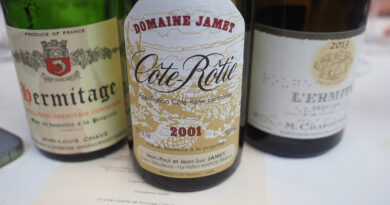Raventós i Blanc Mas del Serral: Pepe Raventós presents Spain’s premier fizz
Website: https://www.raventos.com/
‘This is the first presentation of the project of my dreams,’ says Pepe Raventós as he introduces us to this tasting of the Raventós i Blanc Mas del Serral. ‘We are going to taste the first three vintages that we released.’
Raventós i Blanc is one of Spain’s leading sparkling wine producers, and the Raventós family have an interesting history.
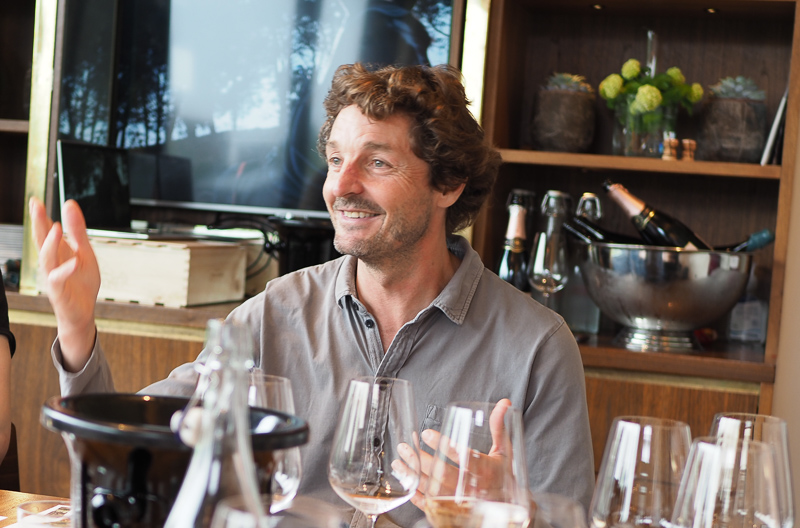
‘The Raventós farm is one of the oldest documented family wine traditions in the world,’ saya Pepe. ‘Since 1497 we have an old Catalan inventory that states that we were making olive oil and wine there. I represent the 21st generation of the same family living in the same place. That’s how boring we are!’ he jokes.
‘What made the farm famous is that in 1870, Raventós Fatjó, who is the grandfather of my great grandfather, invented the Spanish ‘Champagne’ which later became Cava. His smartest vision is that he did it with the Xarello grape – he sensed that the Xarello has an amazing potential.’
‘It is miraculous that you can harvest Xarello at 11 Baume and a pH of 3.0. This is pretty similar to the pH that you harvest the Chardonnay in Champagne. The point is that being in a Mediterranean latitude and harvesting at a pH of 3 is critical for Spanish “Champagne” to happen. Normally wines of our latitude would have much lower acidity.’
In 1890 Raventós’s son Manuel identified Xarello, Macabeu and Parelleda as the three main grapes for Cava. Pepe explains that even though Xarello is the star, it’s good to have these three grape varieties to mitigate agricultural risk and to have a spread of harvest dates so they can work more precisely.
‘Then the story continues and every time there is world war Champagne is blocked,’ says Pepe. Codorniu, the house they began in 1910 became a success, and kept on growing.
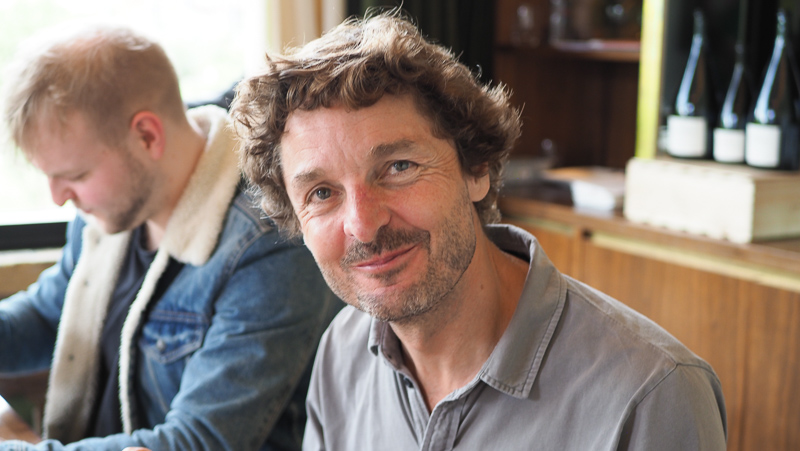
‘My grandfather Raventos quit Codorniu in 1980 because Freixenet started to create a strong pressure for volume. He believed in Casa Grande: the home that is big in quality. He was the heir of the agriculture and the family house, but the winery was shared by the family and he had about 15%, so he couldn’t control the destiny. The rest of family, in Barcelona in apartments waiting for dividends every year, said we need to make more bottles, we need to be the biggest. So he leaves, and in the farm that he inherits he begins producing grapes. Aftyer 2 years of making grapes that historically were used for the best cuvées for Codorniu they don’t want to buy anymore he has to sell to Freixenet so it is a big disaster for him, so he decides to create Raventós i Blanc as a small winery. He passed away in New Zealand fishing blue marlin at 62 years old of a heart attack. From then we started to make terrible decisions, and we almost sold Raventós i Blanc to Luis Mateus in the 1980s he used to buy all the cheap bodegas for sale. Thank God my father decided to sell some hectares that he mistakenly had purchased to consolidate and start working by ourselves.’
‘My passion was social work and I worked four years before joining my father. He said come Pepe we have done everything wrong so I don’t think you can do worse. I made some still wines, and then moved to New York. I studied as a sommelier and then studied enology. I did harvest internships with influential people like Lamy, the Chiquet brothers, and in the Nahe Valley. And in 2004 I did the harvest internship at Didier Dageneuau. This was a game changer. I stayed five years in New York, came back and now we have spent six years living in the farm.’
Pepe has taken an interest in the geology of the region, and studied it with the help of scientists from the university in Barcelona. Where the vineyards are is a geological estuary that was covered by the ocean for 3 million years. When the ocean retreated it left all the marine fossil shells, so the Valley of the River Anoia, where they are, has soils formed of limestone with diatoms.
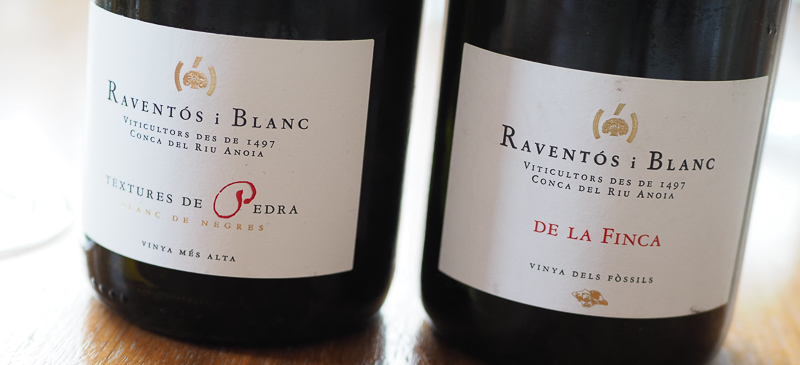
In 2012 they decided to be declassified from Cava, even though the Raventós family created it! ‘It was a bit of a mess,’ says Pepe. ‘We were the black sheep.’ But he says the idea of the Conca del Riu Anoia is that the limestone soils give a style to the wines if the grapes are farmed in a certain way. ‘It is not expressed like this anywhere else in the world. We realized that it is time to offer an alternative to the region that has been making the best sparkling wines, Champagne. It is time for another region.’
Currently Pepe is ploughing 10 hectares with horses, and also has an electric tractor. He’d like to do more with horses, and likes the rhythm of the animal. Besides, some plots can’t be worked with machinery. They are also working with bird biologists to establish nests and bring birds back, and also have beehives. They also keep pigs, chickens, rabbits, dogs and horses. They grow olives, and in the fields plant different cover crops, and also for agriculture. ‘Every bit of agriculture attracts a type of diversity to it,’ he says. ‘We have a lake, we are growing a wood. All these things are what our grandparents were doing.’
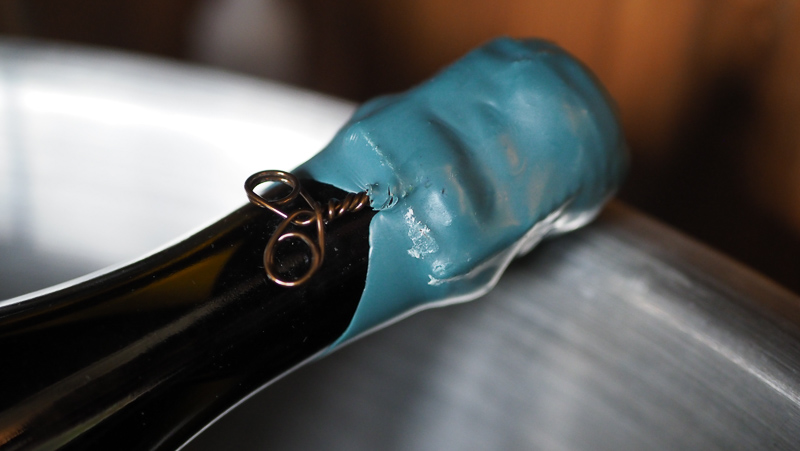
Mas de Serral is ‘the ultimate viticulture sparkling wine,’ says Pepe. It is a single vinification of Clos de Serral, which is a 1.9 hectare north-facing plot between the forest and the lake. The soils are argile calcaire: clay on top of limestone. ‘The more we go up the hill the micro-erosion has washed the soil and the plant is almost living on the mother rock. There is very little clay.’ It is co-planted with Xarello and Bastardo Negre, which is a red-skinned grape with high acidity. The vines are 80+ years old massale selection. It is worked with animals and humans since 2001, so no tractor has been there for the last 20 years.
They try to create a bit of exposure to the sun. Each vine is interpreted individually. They pick by hand and then do some selection in the winery. It is the only wine they do whole cluster pressing for, and it is fermented in concrete eggs. They do tirage before the summer heat arrives, and the wine then spends 10 years on its lees.
THE WINES
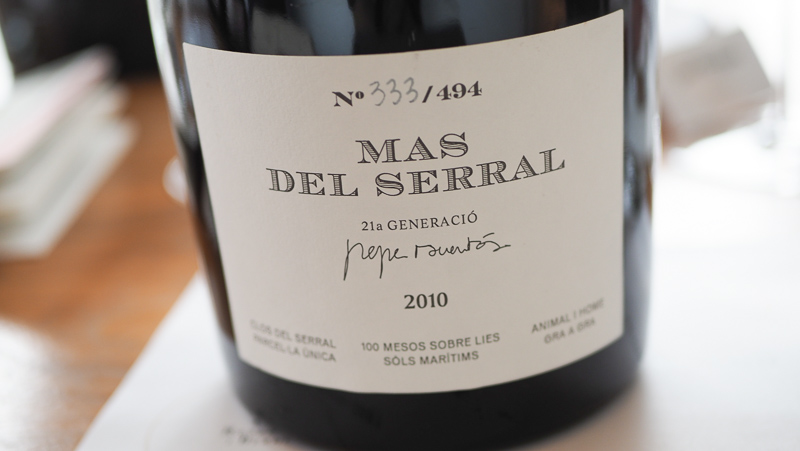
Raventós i Blanc Mas del Serral 2010 (magnum)
Linear, taut and precise but also showing some toasty richness. Lovely acid line here with some keen citrus fruit, some fine herbal hints and a spicy, crystalline, mineral finishes. There’s some toasty autolytic character and it meshes will with the intense fruit. So expressive and detailed with appropriate structure and keen acidity. Hints of honey and hazelnut too, on the finish. Multidimensional and complex, but not heavy. 94/100
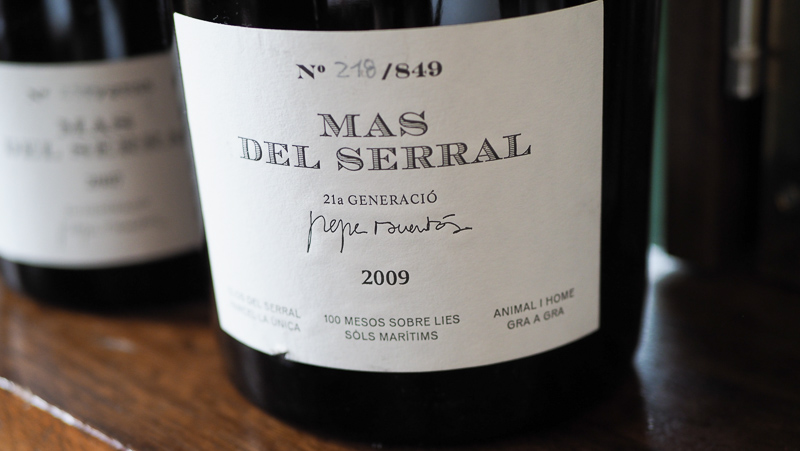
Raventós i Blanc Mas del Serral 2009 (magnum)
Aromatic, fine, bready toasty nose with some honey, pear and peach. The palate is layered with honey, nuts and spice, showing great precision allied to richness. There’s some real harmony here with nice depth and a long, finely spiced finish. It’s a ripe expression of this place and it’s really nice. 93/100
Raventós i Blanc Mas del Serral 2007
Very refined and broad with nuts, honey and fine spiciness. Distinctive savouriness here as well as fresh crystalline lemony fruit with some pear and white peach. So many layers here with this taut, mineral core, a lot of freshness, but also a bit of development. Superb: really great balance. 95/100
Other wines:
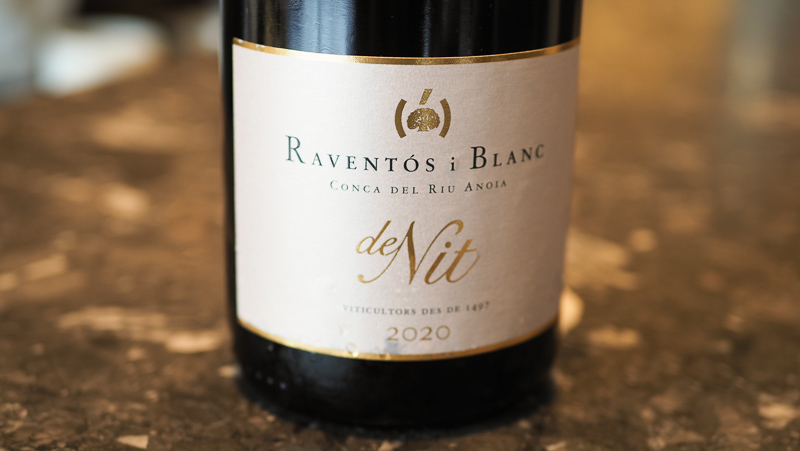
Raventós i Blanc De Nit Rosé 2020 Catalunya, Spain
12% alcohol. A blend of 44% Xarello, 39% Macabeo, 12% Parellada, 5% Monastrell. Very pale in colour this has a nice reductive tension with some mineral, spicy notes, as well as keen, nervy lemon and pear notes. The palate has this smoky, mineral edge to the beautifully focused citrus fruit. Really expressive and balanced with nice precision and tension. A curious, intellectual expression of traditional method. 92/100
Raventós i Blanc De La Finca 2017 Catalunya, Spain
Linear, fresh and bright showing pure citrus with some nice texture and minerality. Very citrussy with a slight saline touch. Precise and balanced. 92/100
Raventós i Blanc Textures de Pedre Blanc des Negres 2016 Catalunya, Spain
Good concentration with nice spicy hints, notes of orange peel, and some apple. Juicy but with some inherent richness. This has pear and peach with fine spices. 92/100
UK agent: Liberty Wine

